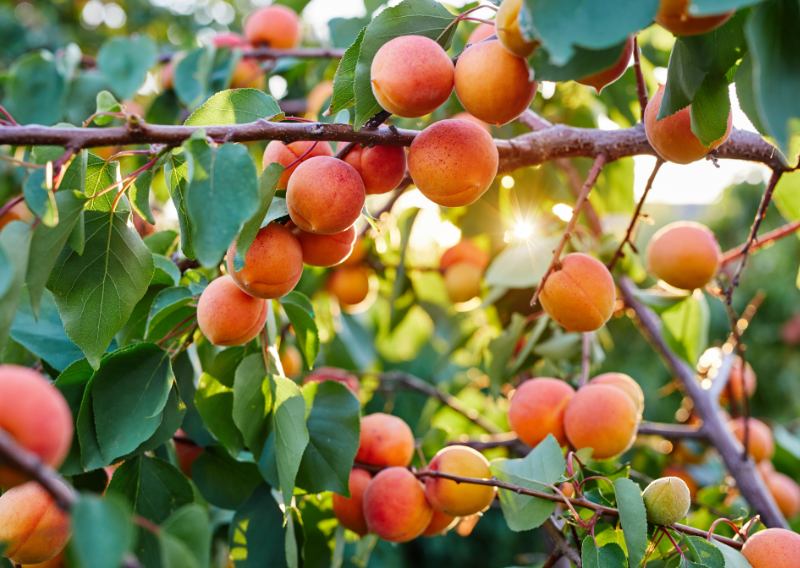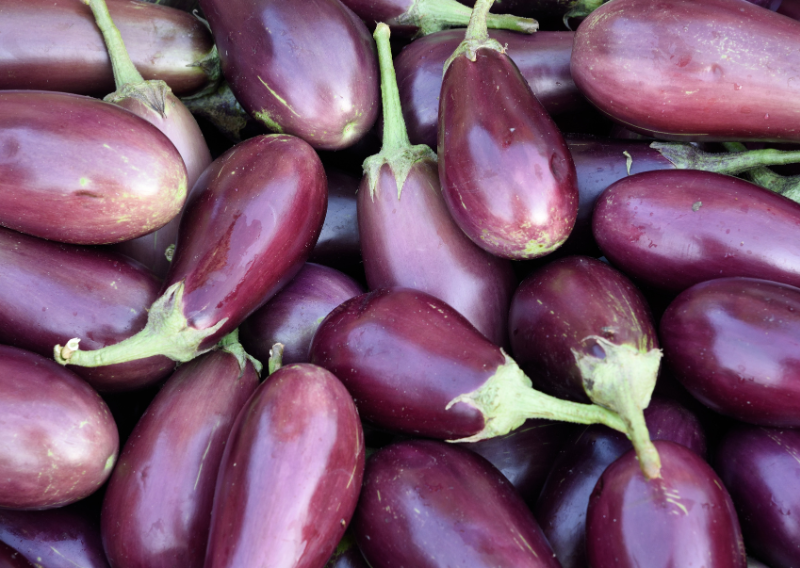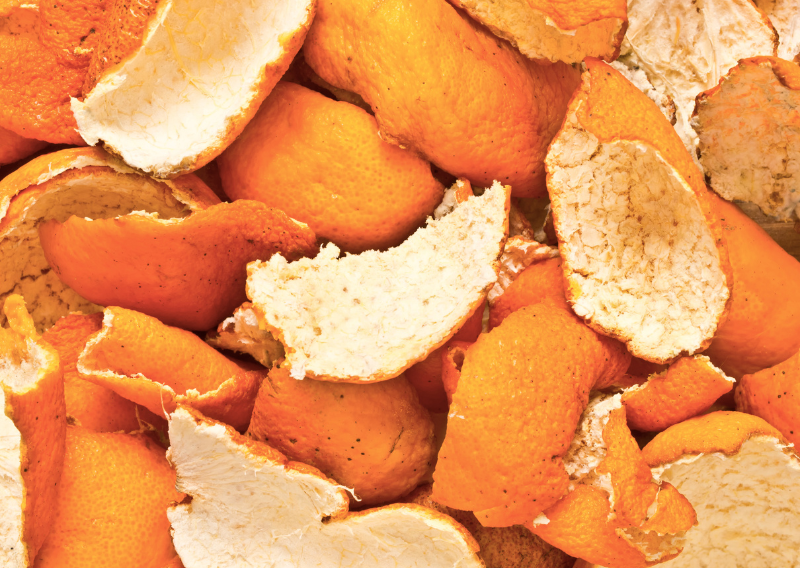
How To Make Homemade Healthy Magnums: A Garden-Fresh Summer Treat
There’s something special about making your own summer treats using ingredients fresh from your garden. When you combine sustainability, creativity, and delicious flavors, the results can be pretty extraordinary. One of my favorite ways to indulge during the warmer months is with homemade Healthy Magnums. They’re 100% plant-based and free from artificial ingredients.
If you’re curious about it and want to give it a try, I’ll show you how to make these healthy magnums at home.


Why These Magnums Stand Out
The charm of these Healthy Magnums lies in their simplicity and the use of natural, garden-fresh ingredients. Unlike store-bought versions laden with refined sugars and preservatives, these homemade treats offer a wholesome alternative that doesn’t skimp on flavor. Fresh apricots bring a bright, natural sweetness that pairs perfectly with the creamy texture of coconut cream.
For those who are dairy-free or looking to cut down on processed snacks, this recipe is a great choice. Coconut cream provides a smooth, velvety base that complements the apricots beautifully. It’s not just a dairy substitute—it adds a subtle tropical flavor that takes these Magnums to the next level.
Recipe Ingredients:
- 1 cup coconut cream
- 3 cups sliced apricots
- ½ cup maple syrup or honey (depending on your preference for sweeteners)
- 1 cup vegan semi-sweet chocolate chips or chopped chocolate
- ½ cup chopped almonds
Instructions:
- Begin by blending the coconut cream, sliced apricots, and maple syrup (or honey) until smooth. Aim for a silky, fruit-filled mixture that will become the creamy core of your Magnums. The fresh apricots add a bright, tangy-sweet flavor that beautifully balances the richness of the coconut cream.
- Once blended, pour the mixture into Magnum molds (or any ice cream molds you have on hand). Insert a popsicle stick into each and freeze for at least 4 hours, or until solid.
- Melt the vegan semi-sweet chocolate chips or chopped chocolate over a double boiler. Once melted, dip each frozen Magnum into the chocolate, coating them evenly.
- As soon as you’ve coated the Magnums in chocolate, sprinkle the chopped almonds over the top while the chocolate is still soft. The combination of smooth chocolate and crunchy almonds creates an indulgent texture that makes these Magnums extra special.
- Return the Magnums to the freezer for another 30 minutes to let the chocolate fully harden. Once they’re set, they’re ready to be enjoyed!
A Bonus Garden Tip
As an added bonus, you can make use of the apricot pits by cracking them open and infusing them in vinegar. This creates a unique, nutty-flavored dressing that’s perfect for salads. Just remember, since apricot pits contain cyanide, it’s best to use the infusion sparingly and enjoy it in moderation.
Note: If you don’t have an apricot, you can use any fruit!
Enjoy these Healthy Magnums as a summer snack or a post-dinner dessert, and share them with friends and family to show that plant-based, homemade treats can be just as delicious as their store-bought counterparts.
Happy eating!






















